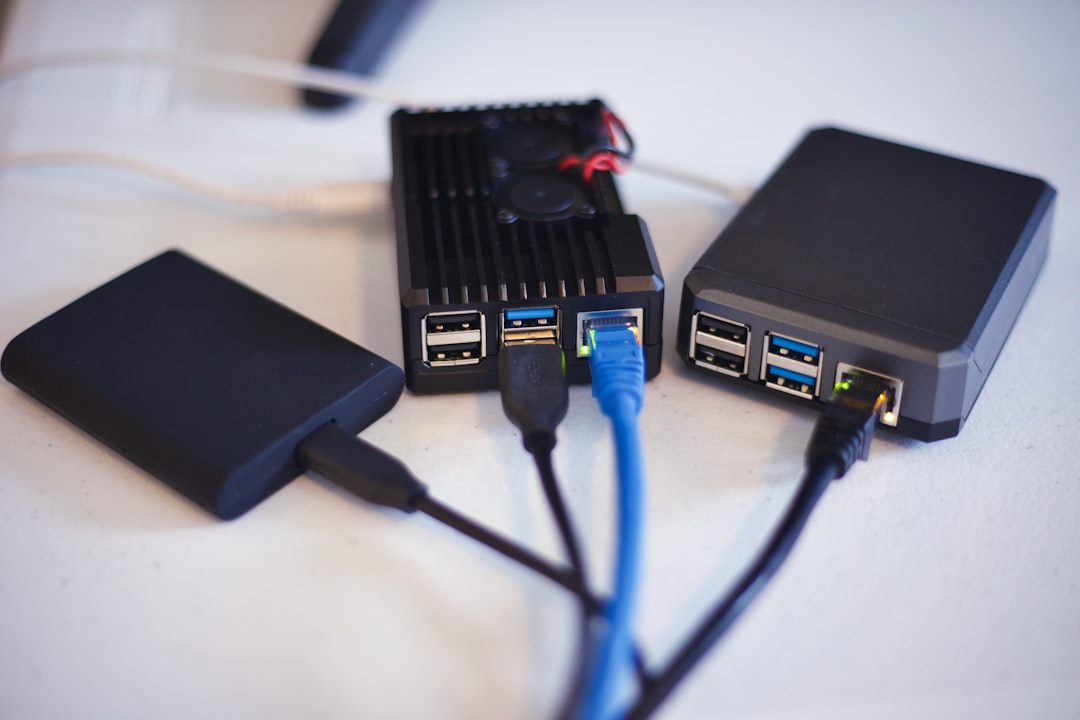Modern routers are capable devices, but many of them come with stock firmware that offers limited functionality, lacks regular updates, and may expose users to unnecessary vulnerabilities. If you’re looking for a way to supercharge your router, increase its security, or dig deep into network controls and customizations, there’s a powerful solution available: OpenWrt.
Whether you’re a tech enthusiast or just someone looking to get the most out of your home network, OpenWrt is something you should know about. In this article, we’ll explore what OpenWrt is, how it works, and why so many users are replacing their router’s default firmware with this open-source alternative.
What Is OpenWrt?
OpenWrt is a Linux-based router firmware that replaces the stock firmware installed by your router’s manufacturer. Originally developed as a project for the Linksys WRT54G router series, OpenWrt has evolved into a highly versatile operating system for embedded devices, particularly routers.
Unlike stock firmware, which is usually locked down and limited in functionality, OpenWrt gives users full control over the router. It’s essentially a complete Linux distribution that enables advanced configuration, customization, and even the addition of new software packages.

Key Features of OpenWrt
What sets OpenWrt apart from conventional router firmware is its flexibility, robustness, and community support. Here are some standout features:
- Package Management: Because OpenWrt is a full Linux distribution, it uses the opkg package manager. This lets users install or remove software packages as needed, just like on a desktop Linux system.
- Advanced Configuration: OpenWrt provides extensive configuration options via both a web interface (LuCI) and the command line. You can control everything from traffic shaping to firewall rules with precision.
- Security: OpenWrt is actively maintained and updated by a large community. Vulnerabilities are patched quickly, and there’s full transparency about what’s included in each release.
- Performance Optimization: You can fine-tune system performance based on your specific requirements, such as optimizing for gaming, traffic balancing, or load sharing.
- Network Customization: VLAN tagging, multiple SSIDs, and VPN setup are fully supported, giving enterprise-level customization to home users.
LuCI: The Web Interface
OpenWrt comes with a built-in web interface known as LuCI (Lua Configuration Interface), which makes it user-friendly for people who may not be comfortable with the command line.
Through LuCI, you can:
- Monitor real-time traffic graphs
- Configure wireless settings
- Set up firewalls and port forwarding rules
- Manage software packages
The intuitive layout of LuCI ensures that even advanced configurations are accessible without needing deep technical knowledge. However, for power users, the SSH interface gives direct access to the underlying Linux system for endless possibilities.
Why Use OpenWrt?
There are many reasons people choose to install OpenWrt on their routers. Here are some of the most compelling:
1. Unlock Advanced Features
Many routers support hardware features like QoS (Quality of Service), VPNs, and bandwidth monitoring, but the stock firmware often lacks robust implementation. OpenWrt harnesses those capabilities and brings them to life with powerful, customizable options.
2. Stay in Control of Your Network
With OpenWrt, you can see exactly what’s happening on your network, control who has access to what, and analyze traffic to optimize your setup. Features like intrusion detection and dynamic DNS are also just a few clicks away.
3. Enhanced Security
Stock firmware often goes months—or even years—without updates. OpenWrt, supported by a strong community, offers periodic and timely security patches. You can also easily audit anything in the system’s open codebase.
4. Community and Documentation
One of OpenWrt’s strongest assets is its extensive documentation and active community. If you run into issues or want to create a custom configuration, there are ample forums, detailed guides, and experienced users who can help.
Is My Router Compatible with OpenWrt?
OpenWrt supports a wide range of hardware—from popular consumer routers by TP-Link, Netgear, and Linksys to professional-grade devices. The best way to check compatibility is through the Table of Hardware on the official OpenWrt website.
Installing OpenWrt on a compatible router is usually a matter of downloading a specific firmware image and flashing it through the device’s web interface. However, this process is not without risks, so it’s essential to follow installation instructions very carefully.

Installing OpenWrt: What You Need to Know
If you’re thinking of making the switch, here’s what you’ll generally need:
- A Compatible Router: Make sure your hardware is supported by checking OpenWrt’s database.
- Firmware Files: Download the correct image for your model. Flashing the wrong file can brick your device.
- Access to the Router’s Admin Panel: You’ll need to upload and install the firmware via the web interface or use command-line tools like TFTP for some models.
- Instructions: OpenWrt’s wiki or forums will typically have a detailed guide for your specific device.
Note: Improper installation can render your router unusable. Always ensure you have recovery options or a backup device available.
What Can You Do with OpenWrt?
Once you’ve got OpenWrt installed, its capabilities go far beyond just routing internet traffic. Here are just a few advanced use cases:
- Create a secure VPN server to remotely access your home network
- Set up a guest Wi-Fi network with bandwidth limits and time restrictions
- Run ad-blocking at the network level using DNS filtering
- Turn your router into a NAS (Network Attached Storage) by attaching USB drives
- Monitor and control individual users’ bandwidth for a better shared experience
OpenWrt vs. Other Custom Firmwares
OpenWrt isn’t the only custom firmware available. Other popular options include DD-WRT and Tomato. Here’s how OpenWrt compares:
| Feature | OpenWrt | DD-WRT | Tomato |
|---|---|---|---|
| Software Packages | Extensive (via opkg) | Limited | Very limited |
| Customizability | Very High | Medium | Low |
| Updates & Security | Frequent | Infrequent | Very infrequent |
| Community Support | Strong and active | Moderate | Limited |
Conclusion
OpenWrt is a powerful tool that transforms an ordinary router into a customizable and advanced networking device. It empowers users with features typically reserved for high-end commercial equipment, and thanks to its open-source nature, it’s always evolving.
If you’re someone who enjoys optimizing your network, experimenting with new setups, or simply wants a more secure and feature-rich router, OpenWrt is well worth a try. Just be sure to check compatibility, follow instructions closely, and join one of the most passionate and helpful communities in the open-source world.
So, the next time your router feels underwhelming or restrictive, consider giving it a second life with OpenWrt. You might be surprised just how far you can go when you put Linux at the heart of your home network.
